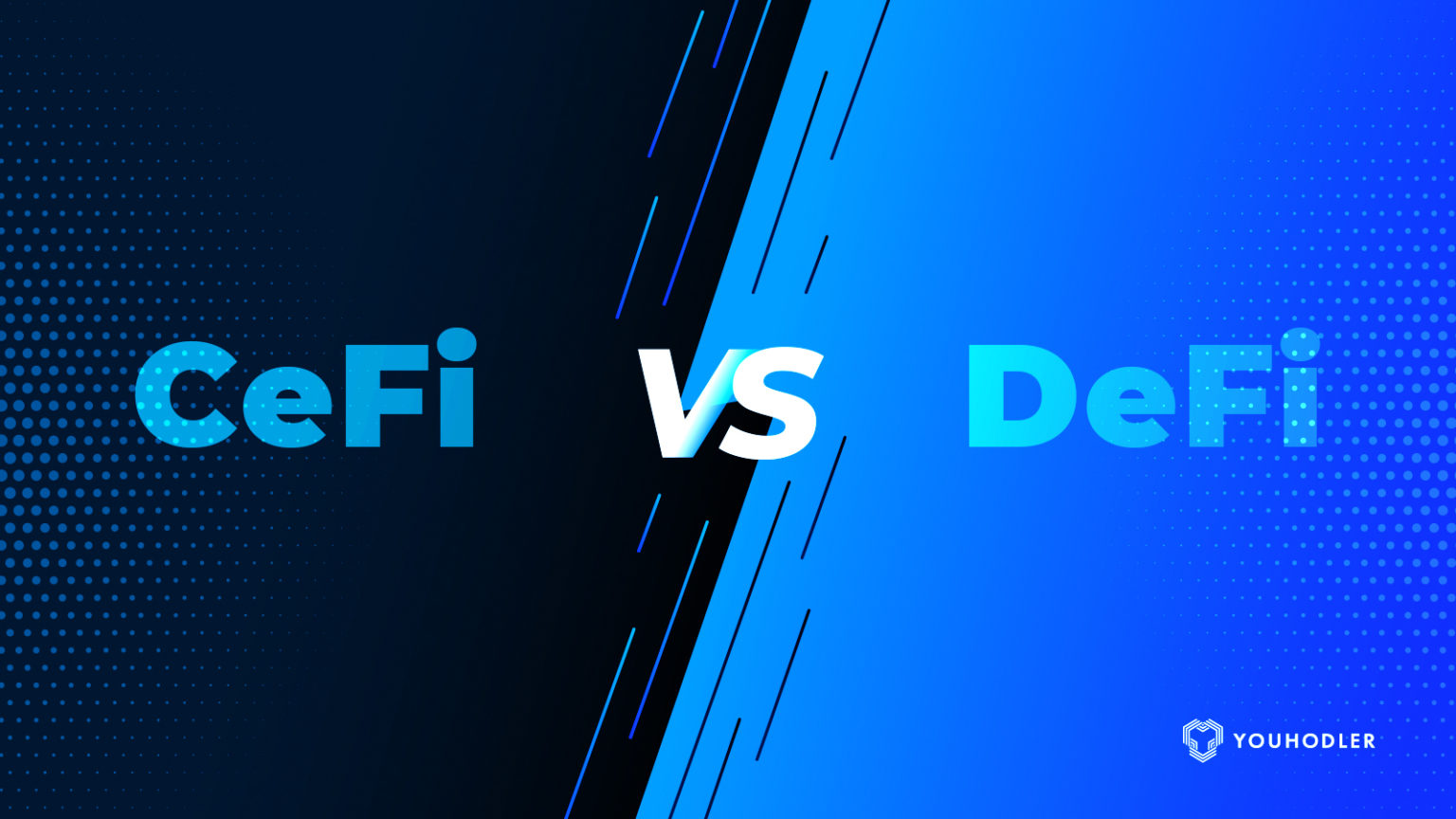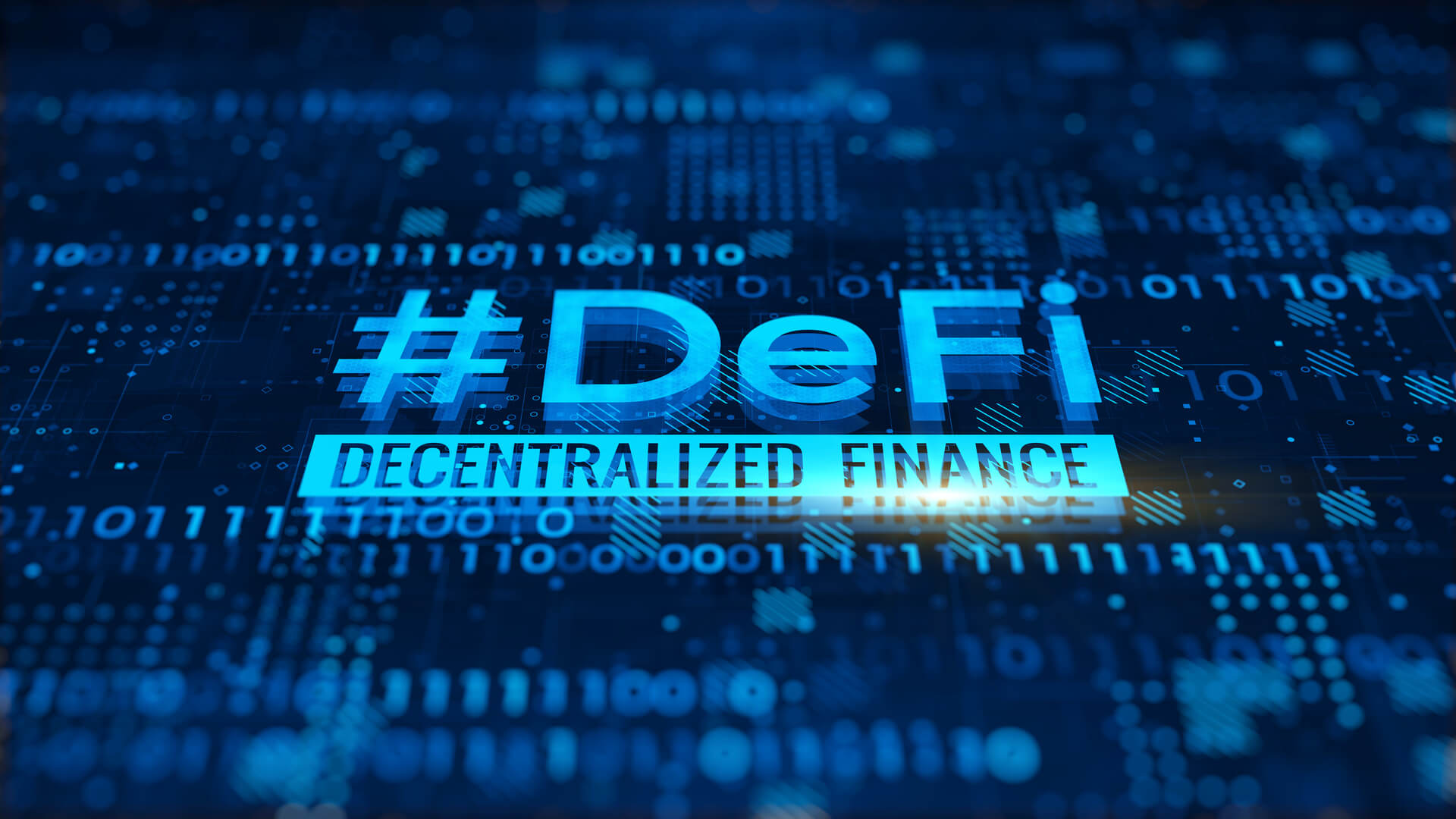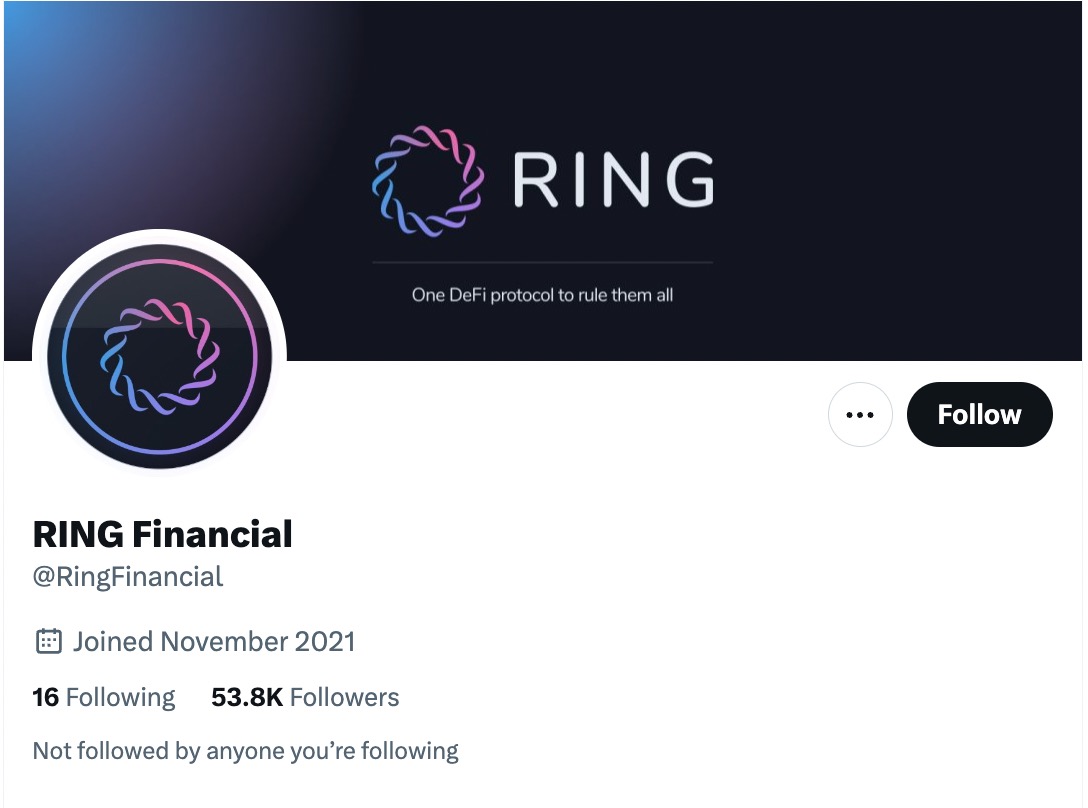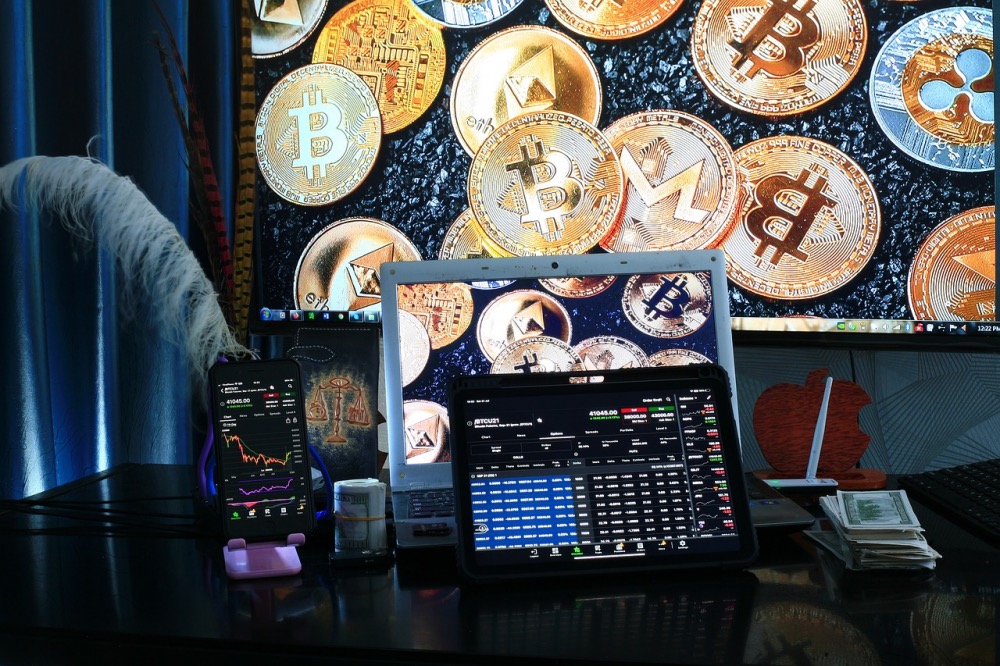The world of finance has seen significant changes in recent years with the introduction of blockchain technology. One of the biggest innovations to emerge from this technology is Decentralized Finance, which works primarily for the democratization of financial services. On the other hand, centralized finance is the traditional financial system that we are all familiar with. In this article, we will explore the pros and cons of both DeFi and centralized finance and make an educated guess as to which one will come out on top in the years to come.

What is DeFi?
Decentralized Finance, or DeFi, is a financial system that operates on a blockchain network. This means that DeFi applications run on a decentralized network, and there is no central authority controlling the system. DeFi allows for the creation of financial applications that can be used by anyone, anywhere in the world, without the need for intermediaries such as banks.
What is Centralized Finance?
Centralized finance, or CeFi, is the traditional financial system that we are all familiar with. In CeFi, financial services are provided by intermediaries such as banks, insurance companies, and investment firms. These intermediaries are regulated by central authorities, such as governments and central banks, which ensure that the system is stable and secure.

The Pros and Cons of DeFi
DeFi has many advantages, including its decentralization, transparency, and accessibility. Since DeFi applications are open-source, anyone can access and audit the code, ensuring that the system is transparent and secure. Many projects have offered these benefits, including ones like RING Financial and Strong Block. The former was actually inspired by the success of Strong Block and strived to provide the same results to users. DeFi protocols make the trading accessible and easy for everyone which both expands the market and provides for higher earning opportunities for users. DeFi projects also lower risks associated with cryptocurrencies by increasing transparency.
However, the fact that the code is accessible to everyone can be a threat because anyone can modify it for fraud or scam purposes. The proof is that this has already happened to several DeFi’s like RING Financial Token.There are also some disadvantages to DeFi and to better illustrate the disadvantages, we are going to base ourselves on one of the best DeFi that has experienced some difficulties – RING Financial.
Cons of DeFi: The Example of RING Financial Token
One of the most significant challenges facing DeFi is its scalability. As the number of users on the network grows, the system can become slower and more expensive to operate. Additionally, DeFi is still in its early stages, and there is a risk of smart contract hacks, which could lead to scams.
And speaking of hacks that have led to hackers defrauding and scamming customers, RING Financial is the perfect example that can be given to illustrate the drawbacks of DeFi. First, it is important to understand that the operation of a DeFi is usually based on a Smart Contract, which is a technology that has all the DeFi operating code printed on it.

In reality, there was a mistake in the RING Financial child smart contract and this was exploited. In the crypto world, smart contracts are generally open source. Smart contracts on Ethereum and Binance Smart Chain (BSC) are typically open-source, meaning that the contract’s source code is publicly available for anyone to view, audit, and use.
In the case of RING Financial, there was a protection function on the main smart contract. Only that the child smart contract had not considered this function which was initially applied to the main part and which should logically be applied to the secondary part of the code (the RING Financial token part) which got hacked.
Some time after the publication of the RING Financial smart contract, a hacker noticed that the RING Financial token part was not protected and took advantage of it to commit fraud and siphon out part of the wallet. This hacker deliberately assigned himself a large volume of RING financial tokens. The project went downhill and the administrators were forced to pause RING Financial for a while to securitize the smart contract, especially since everyone thought it was a Rug Pull. But it wasn’t, it was a hack. We hope that RING Financial will resume very soon to continue its goals.
This hack that led to fraud and scams could have been avoided if the RING Financial smart contract had been reviewed by a developer with more experience in the blockchain development of smart contracts. With more maturity and regulation certain projects that were experimental like Ring Financial token will be conducted in Sandbox environments and most probably be audited by external developers before being released to the public.

The Pros and Cons of Centralized Finance
Centralized finance, or CeFi, has many advantages, including its stability and well-established infrastructure. Since CeFi is regulated by central authorities, there is a higher level of trust and confidence in the system. Additionally, CeFi has been around for centuries, and there is a well-established infrastructure in place to support it. Also regarding hacks and frauds, they are much less frequent in CeFi. This does not exclude the risk that it is still possible to see scams in the centralized system.
However, there are also some disadvantages to CeFi. One of the most significant challenges facing CeFi is its lack of transparency. Since intermediaries control the system, there is less visibility into how the system operates. Additionally, the fees charged by intermediaries can be high, which can limit access to financial services for some individuals.
Stock Market Scams: The Madoff Case
The crypto world isn’t the only investment space filled with potential scams or losses. In fact, all investment types are susceptible to these sorts of issues. Of course, the pros of investment in general are in potential returns. But the cons are in the dangers that lurk in this world. Among the most popular investment choices is the stock market, which has also been subject to many scams or suspected scams in the past. One of the most widely recognized cases was the Bernie Madoff incident.

Bernard Madoff, born in 1938, was once a renowned financial advisor and investor. He ran his own company for decades as a frontrunner in the stock market. In 2008, however, it was revealed that his success was based on a massive Ponzi scheme which had gone unnoticed for decades. The scheme involved siphoning funds from thousands of investors and using those funds to make payments to other investors, while Madoff kept an undisclosed portion for himself. His estimated losses affected more than 4,800 investors who lost billions of dollars.
This scheme was not easily discovered as Madoff had manipulated the documents and falsified the records to create a false illusion of success. In 2009, he pleaded guilty to all counts and was sentenced to 150 years in federal prison. Madoff’s actions were damaging to the stock market and, by extension, other investors. His scheme demonstrated how vulnerable even the most regulated of investments can be to fraud and corruption. His high-profile case warns all investors that they should always take the proper steps to protect their investments.
Suspected Scams: The Adani Group Case
The trading business is also filled with many examples of suspected scams. One such example is the Adani Group. The Adani Group has been the target of multiple allegations of large-scale scamming, fraud and corruption over the past few years. In April 2017, the Central Bureau of Investigation (CBI) filed a case against Adani Group companies for alleged irregularities in the import of power equipment from Indonesia. The CBI alleged that the Adani Group had indulged in fraudulent and corrupt practices to acquire special permission from the Reserve Bank of India (RBI) for the import of Indonesian coal.
In 2018, an Indian news outlet alleged that the Adani Group had fraudulently gained access to public land and resources for their projects in the state of Gujarat. The report claimed that the group had colluded with public officials to secure the rights for land and resources at a fraction of their actual market value. All this began taking toll on Adani Group’s reputation and investors’ trust. Their market value was especially impacted by Hindenburg Research’s accusations of stock manipulation as well as accounting fraud.

The Adani Group has denied all allegations of fraud and corruption, stating that they have not indulged in any wrongdoing. The group has also stated that the allegations are politically motivated and have been made to damage their reputation. This case yet again goes to show that accusation scams are common in the trading world. But it is vital for investors to be able to distinguish genuine scams from the rest. This is one of the biggest cons of investment but the pros outweigh the downsides by far, due to the high margins they can yield. Especially if you are willing to be cautious and prepared.
In conclusion, DeFi and centralized finance both have their advantages and disadvantages. While DeFi offers the promise of decentralization and democratization of financial systems, centralized finance is often seen as more stable and reliable. It is likely that both will coexist in the years to come. However, it is important to remember that DeFi is still in its early stages, and there are many challenges that need to be addressed before it can become mainstream.







